Repurposed Furniture: A Guide to Upcycling for Interiors
Why Upcycling Belongs in Modern Interiors
Environmental Wins You Can See and Feel
Diverting old furniture from landfills saves resources and cuts hidden emissions from manufacturing. Each repaired hinge and reused plank represents energy preserved, materials respected, and a quieter footprint that still looks striking in your living room.
Budget-Friendly Character That Outshines Trends
Upcycling turns tight budgets into opportunities for style experimentation. Instead of chasing seasonal décor, you curate a home filled with storied, soulful pieces that age gracefully and spark conversations every time guests step through your door.
A Maker Mindset for Confident Beginners
Start small and build skills through manageable wins: a side table refresh, a chair repair, or a paint upgrade. Celebrate progress, expect a few surprises, and document your process so others can learn from your triumphs and your pivots.
Sourcing with Intent
Search estate sales, thrift shops, salvage yards, online marketplaces, and curb alerts at moving time. Early arrival helps, but curiosity helps more—peek behind stacks, ask staff, and build relationships so you hear about promising arrivals first.

Style Mapping Without Losing Identity
Honor original character while guiding it into your preferred aesthetic. Pair weathered wood with matte black for industrial calm, limewashed finishes for coastal softness, or clean lines and neutral fabrics for modern lightness that breathes easily.

Color, Texture, and the Power of Finish
Color choices anchor mood: deep moss for grounded warmth, matte white for airy clarity, or saturated teal for playful confidence. Combine smooth waxed tops with textured frames to balance tactility and draw eyes to the details that matter.
Prep Work: Clean, Repair, and Stabilize
Begin with a thorough clean to remove oils and dust. Re-glue loose joints, fill cracks with compatible filler, and clamp patiently. A careful sanding sequence builds a smooth foundation that makes every subsequent technique work smarter.
Stripping, Sanding, and Eco-Conscious Finishes
Choose low-odor, safer strippers when needed, and practice controlled scraping to preserve veneers. Sand progressively, then seal with water-based polyurethane, plant oils, or wax, selecting finishes that highlight grain while resisting daily scuffs gracefully.
Joinery, Hardware, and Smart Reinforcements
Pocket holes, dowels, and corner braces strengthen older frames discreetly. Replace tired hardware with reclaimed brass or patinated iron. Always pre-drill, measure twice, and test-fasten with scrap to protect fragile wood and preserve clean alignment.
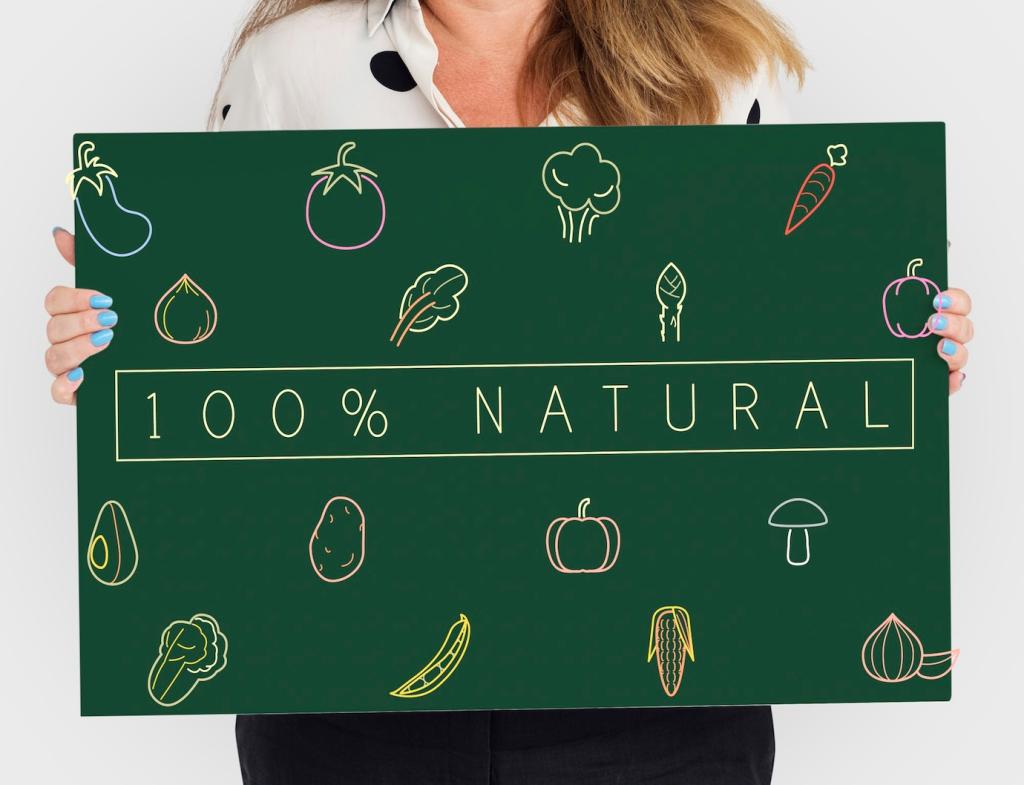
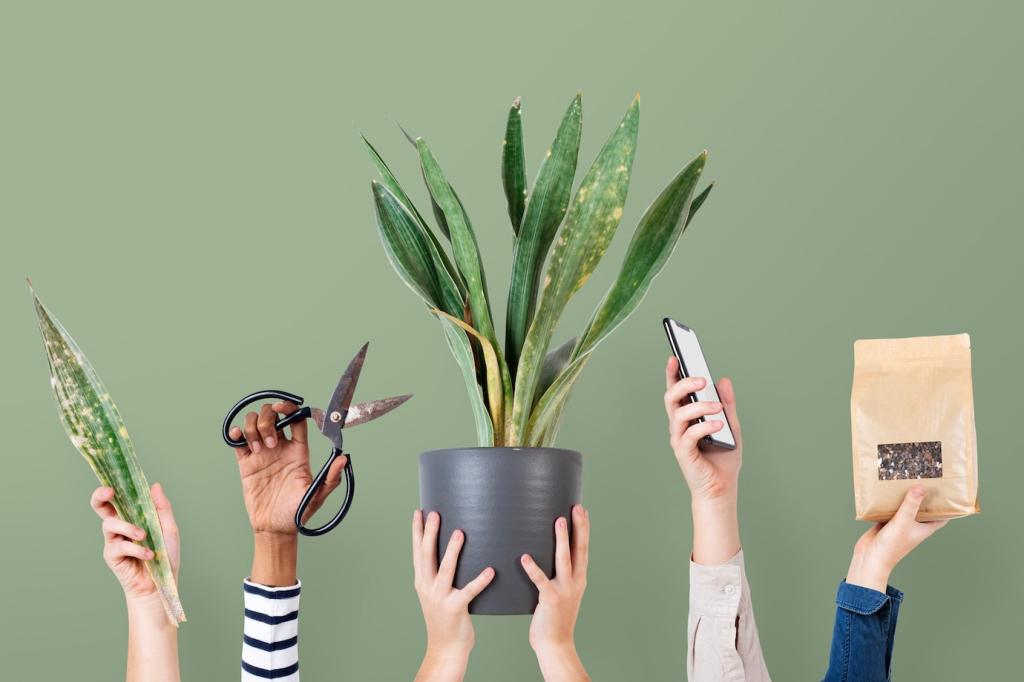
A Story: From Abandoned Ladder to Leaning Bookshelf
A weathered painter’s ladder leaned beside a renovation dumpster, freckled with old drips and sun-bleached rungs. Its light footprint suggested a narrow bookshelf, perfect for a small apartment hallway that needed function without crowding.
A Story: From Abandoned Ladder to Leaning Bookshelf
After a deep clean and gentle sanding, we added reclaimed oak shelves between rungs and discrete wall anchors for stability. A clear matte finish preserved the patina, letting old paint flecks whisper about rooms transformed years before ours.
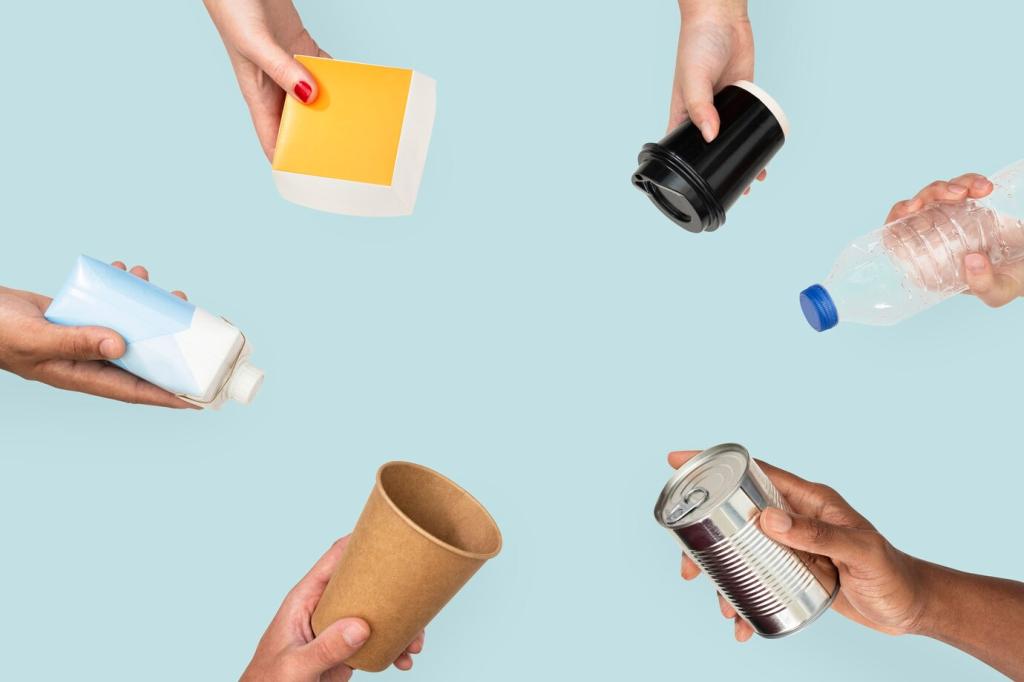


Caring for Upcycled Pieces
Dust with microfiber, clean gently with diluted soap, and re-wax or oil annually if finishes require it. Use coasters, felt pads, and breathable covers to minimize water rings, surface scratches, and unnoticed friction that erodes edges.
Caring for Upcycled Pieces
Wood expands and contracts with seasons. Keep pieces away from vents, radiators, and prolonged direct sunlight. Distribute weight evenly on shelves, and tighten hardware periodically so movement does not compound into loosening joints.
Caring for Upcycled Pieces
When your style shifts, refresh color, swap hardware, or add new inserts rather than replacing the entire piece. Upcycling thrives on iteration, letting your home grow alongside your experiences and the stories you are still writing.
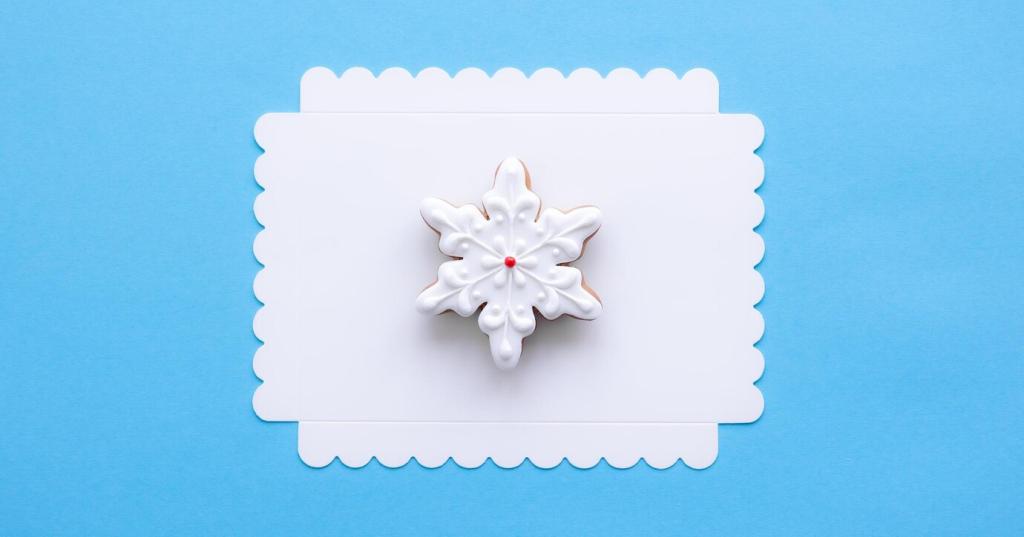
Post before-and-after photos and describe the hurdles you solved. What did you learn about materials, finishes, or layout? Your insight might be the exact nudge another beginner needs to finally start sanding that rescued chair.

Join our newsletter for step-by-step project breakdowns, printable cut lists, and seasonal prompts. Expect practical tutorials, reader spotlights, and honest tool reviews focused on making upcycling approachable, safe, and beautifully rewarding.
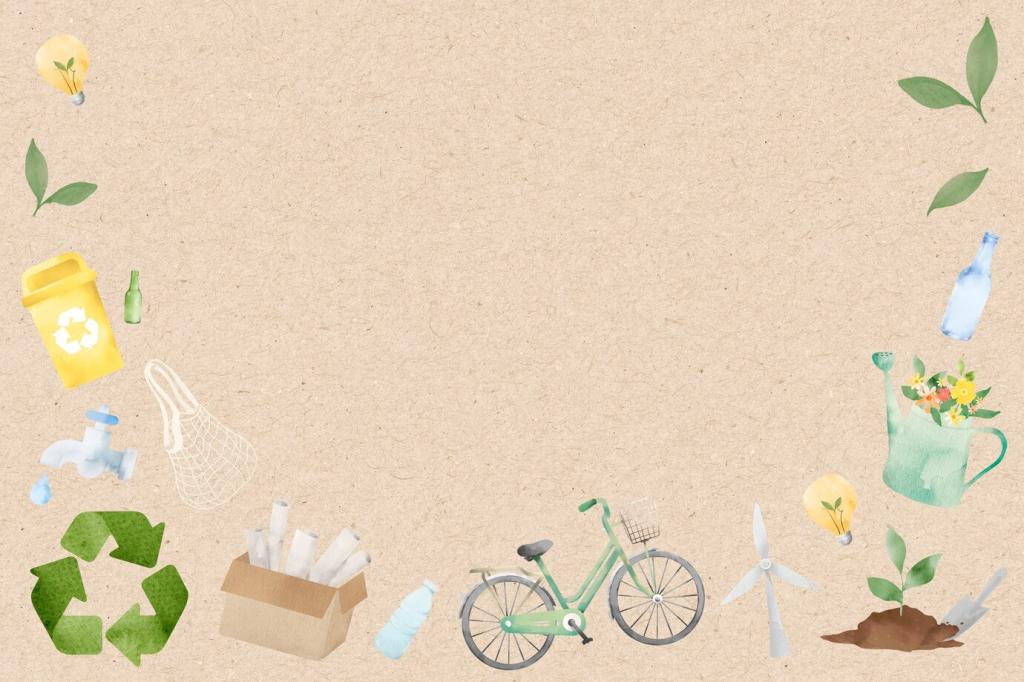
Comment with roadblocks and we will troubleshoot together—adhesion issues, wobbly joints, finish streaks, or color indecision. Your questions shape future guides, ensuring this living resource reflects real projects happening at real kitchen tables.
